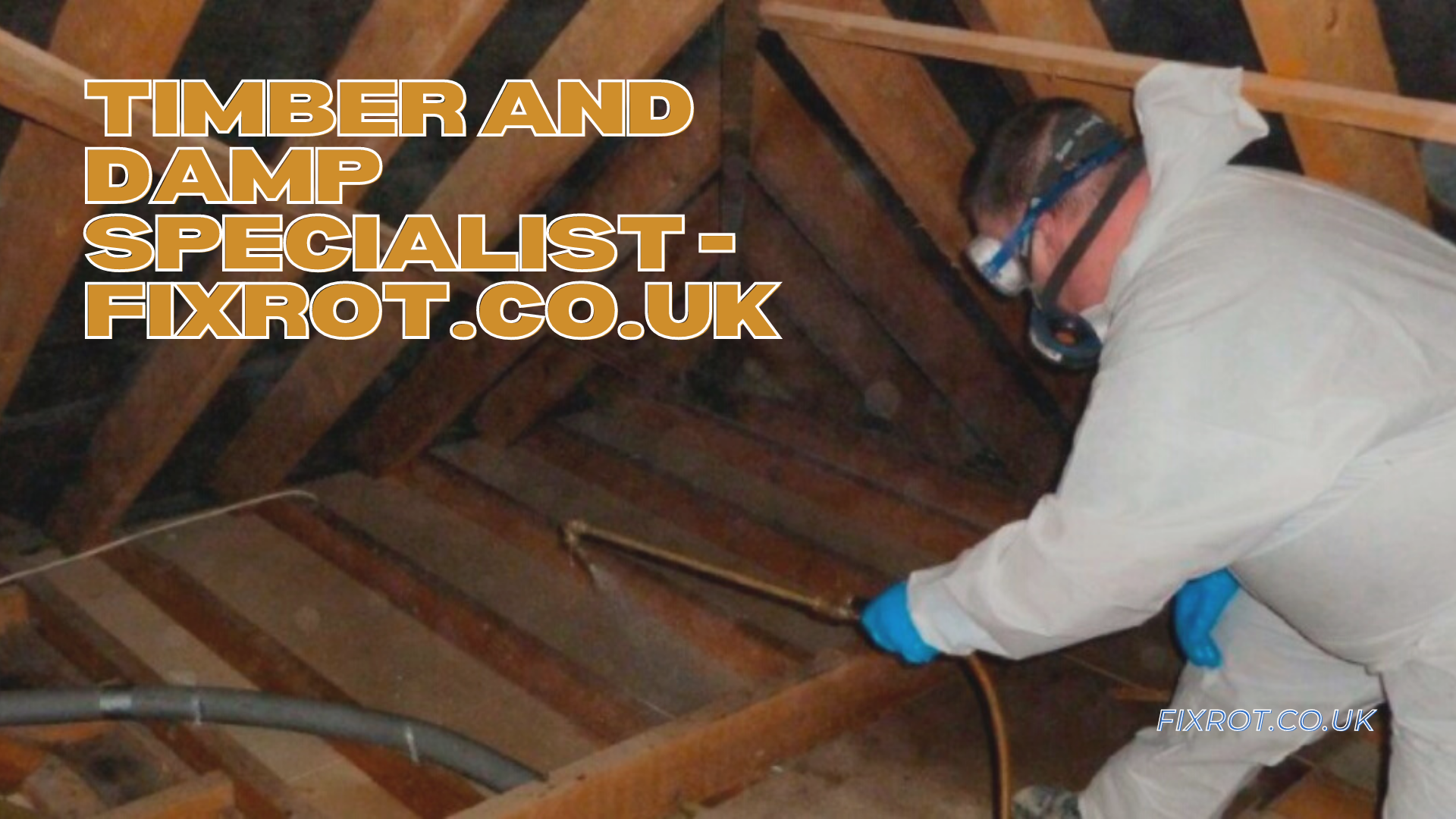WHAT IS DAMP PROOFING?
Damp proofing is the generic term typically used to describe the installation of preventative measures to stop damp problems such as rising damp, penetrating damp, condensation and dry rot.
Damp walls can damage fixtures and fittings in your property, leave unsightly marks on paint and wallpaper and cause structural damage to timber and masonry. Damp problems that are not treated have the potential to cause more serious conditions such as wet rot and dry rot in the future.
To speak to a damp specialist, contact Fixrot.co.uk on 7795263896 or complete our contact form and we will organize for our local damp team to contact you. You can also continue to read this page for help and advice on identifying and treating damp on interior walls.
WHAT CAUSES DAMP WALLS?
To help you identify the different kinds of damp that can occur within properties and the damp treatments that are available, we have compiled a handy list below:
RISING DAMP
Rising damp is a well known but relatively rare cause of damp problems. If rising damp is the root of your damp problem, you will spot signs such as tide marks up to a meter from the ground floor of your property, white salt marks and walls that will be damp to touch.
For more information follow the link to our rising damp page.
CONDENSATION
Condensation is the most common cause of damp and often the most simple to treat. The most common signs of condensation are excess moisture on and around your windows and black mould growing on walls and ceilings. Almost all condensation problems can be rectified by improving ventilation. This may involve simple lifestyle changes, repair to aribracks and vents or in the wrost cases the professional installation of a positive input ventilation system.
For more information follow the link to our condensation page.
PENETRATING DAMP
Penetrating damp is often caused by building maintanence issues such as leaks, cracks, faulty roofing and overflowing drains. Penetrating damp can also occurr through extreme rainfall if walls are particularly thin or porous. If your property is exposed to wind driven rain this also increases the chances of water ingress through penetrating damp.
The most common signs of penetrating damp are damp patches on walls that are usually visable further up the wall particularly where the wall meets the ceiling. You may also have an external building fault such as damaged render that allows rainwater to penetrate and enter your home. With penetrating damp, you need to start by resolving the source of damp.
For more information follow the link to our penetrating damp page.
DAMP PROOFING BASEMENTS AND CELLARS
Damp proofing walls below ground level requires very particular materials and expertise, this is why Wise Property Care have a sister company Wise Basement Systems that deals specifically damp basements, cellars and foundation walls.
LEARN MORE ABOUT DAMP PROOFING
For more information on damp proofing, visit the following web pages. Alternatively, if you have a question, contact us online:
Types of damp simply explained: making life easy with this simple graphical breakdown of the common types of damp, the symptoms and how you can rectify the issue
Causes of damp in homes: explaining the common sources of damp problems leading to the damp issues seen within the property and how you can go about identifying the source of the damp issue.




Comments
Post a Comment